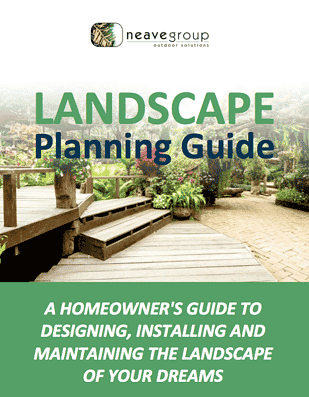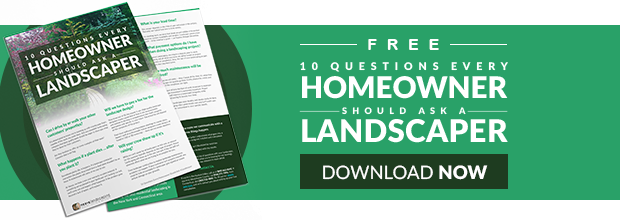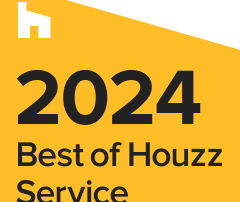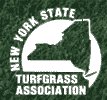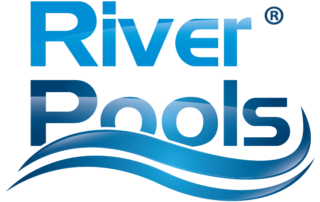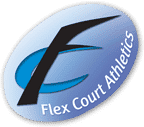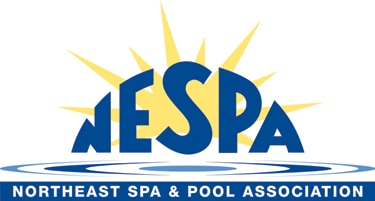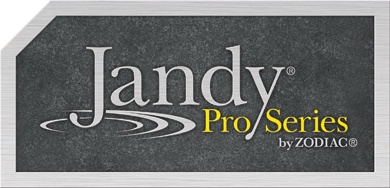Birds, butterflies, and bees bring a garden to life, buzzing, chirping and flitting among the blooms.
They entertain us — but they also need us.
The winged creatures’ habitats are disappearing at an alarming rate.
Plant your property with the right flowers, vines, trees and shrubs and you can help feed, nurture and protect these beauties.
Let’s take a look at how growing plants to attract wildlife to your garden can create a wildlife-friendly habitat in your own backyard.
Grow Native Plants That Attract Wildlife
Native plants — plants that naturally occur in the area where you live — are great for birds and other wildlife.
Native plants provide nectar for hummingbirds, butterflies, and bees. They provide nourishing seeds and tasty fruit for beautiful birds. They offer places to nest and shelter from harm. They’re also a critical part of the food chain—native insects feed on native plants. And backyard birds need those insects to feed their young.
Plant Flowers Rich With Pollen And Nectar
Choose nectar and pollen-rich plants like wildflowers and old-fashioned varieties of flowers.
A succession of blooming annuals, perennials and shrubs is best so nectar and pollen will be available throughout the growing season. Don’t forget plants like dill, fennel and milkweed that butterfly larvae feed on.
Small yard? Even a planter with a few well-chosen species will help.
Encourage your neighbors to do this, too.
To protect pollinators, don’t use pesticides on open blossoms or when bees or other pollinators are present.
Provide Shelter
Butterflies, bees and other pollinators need shelter to hide from predators, get out of the elements and rear their young.
Let part of your lawn grow wild for ground-nesting bees. Let a pile of grass cuttings or a log decompose in a sunny place on the ground. Or, allow a dead tree to stand to create nooks for birds and butterflies.
Nesting boxes can also help increase the population of pollinators in your area.
Provide Food And Water
Consider adding special feeders to help attract hummingbirds and butterflies.
Bees, birds, and butterflies also need water. Install a water garden, a birdbath or a catch basin for rain. Butterflies are attracted to muddy puddles. They get salts and nutrients here, as well as water.
Native Plants That Attract Wildlife
Here in New York, there are a host of plants that bees, butterflies and birds love. Here are just a few ideas. We’ll start with some native plants:
Purple Coneflower
A garden staple, they offer beautiful blooms that attract butterflies and other pollinators during the summer and provide seeds for goldfinches and other birds in the fall.
Sunflowers
Birds often use the sunflower seeds to fuel their long migrations.
Milkweed
Milkweed is best known for hosting monarch butterfly caterpillars, but they attract loads of insects that are great for birds, too. Bonus: the flowers are beautiful.
The American goldfinch uses the fiber from the milkweed to spin nests for its chicks. Goldfinches and other birds also use the downy part of the seed to line their nests.
Cardinal Flower
Hummingbirds feast on the cardinal flower’s nectar with their long, skinny beaks.
Trumpet Honeysuckle
Hummingbirds love the red tubular flowers. And many birds, including purple finches and hermit thrushes, eat their fruit.
Virginia Creeper
Many birds rely on its fruit during the winter. It’s a key food source for fruit-eating birds, such as mockingbirds, nuthatches, woodpeckers and blue jays.
Buttonbush
The showy flowers and fruit of this shrub provide seeds for ducks and other waterfowl. Their magnificent flowers also attract butterflies and other pollinators.
Elderberry
This shrub’s dark blue berries provide food for dozens of birds, including the brown thrasher.
Oak
Planting just one oak tree offers cavities and crooks for bird shelter. Birds are also drawn to the insects and acorns that are found on oak.
Dogwood
Birds love them. Cardinals, titmice, and bluebirds all dine on the fleshy fruit of dogwood trees.
A Few More Plants That Attract Butterflies
- Alyssum
- Aster
- Bee balm
- Butterfly bush
- Daylily
- Delphinium
- Lavender
- Liatris
- Marigold
- Sage
- Yarrow
- Zinnia
Plants That Attract Butterfly Caterpillars
- Fennel
- Grasses
- Hollyhocks
- Milkweed
- Nettle
- Thistle
- Willow
Plants That Attract Hummingbirds
- Bee balm
- Begonia
- Bleeding heart
- Butterfly weed
- Canna
- Columbine
- Coral bells (heuchera)
- Cleome
- Delphinium
- Foxglove
- Fuchsia
- Hollyhocks
- Verbena
- Zinnia
Let Neave Make Your Yard A Wildlife Paradise
Growing plants that attract wildlife to your garden is a gift for both you and a host of winged creatures. Not sure what wildlife-friendly plants are best for your property?
Neave Landscaping’s pros will help you select the ideal native plants, nectar-rich flowers, and bird-sheltering trees for your yard, and our expert installation teams will make sure the job is done right.
Once your new plants are installed, we don’t forget about them.
Neave Landscaping offers a terrific maintenance program. Whether it’s routine maintenance, such as weeding, fertilizing, pruning and trimming, or emergency services that involve disease and infestation control, we’ve got you and your plants covered.
If you’re in the Hudson Valley, call us at (845) 463-0592. If you’re in Westchester County, call (914) 271-7996; from Connecticut, dial (203) 212-4800. Or, fill out our simple web form, and we’ll contact you about setting up your free consultation.
The bees, birds and butterflies will thank you.
